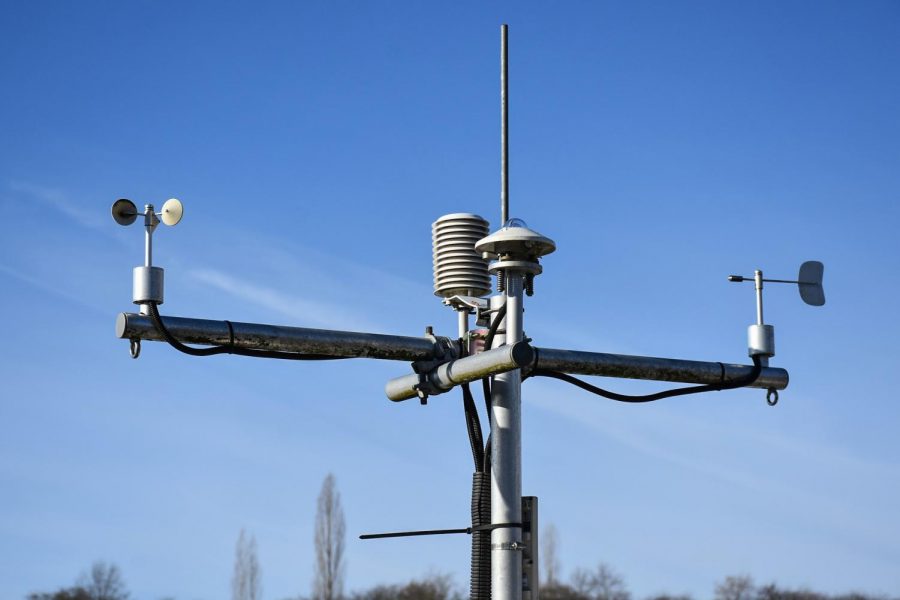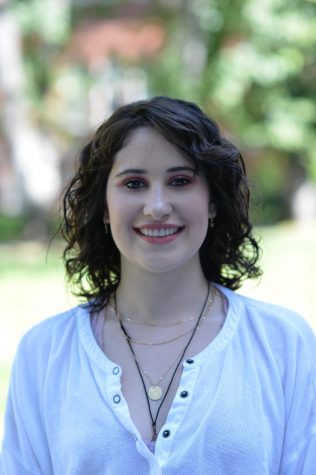WSU weather station hires expert to help farmers
New meteorologist to work with growers in Mount Vernon, WA
David Brown, AgWeatherNet director, says the position was created mainly from a desire to increase resources to small farmers not located close to a weather station.
September 29, 2019
A meteorologist hired at AgWeatherNet is helping reorganize weather stations across the state of Washington to help growers of any size.
Meteorologist Jon Contezac started at the Mount Vernon AgWeatherNet station a few weeks ago, and said his job has mostly involved fall maintenance for the other weather stations.
Before Contezac, there was only one AgWeatherNet in Washington, said AgWeatherNet director David Brown, who worked as a soil scientist before taking the director position in November 2018. Now, the director of the weather conglomerate plans to establish meteorologists to fill the services gap between places like Vancouver and the Washington peninsula.
“It’s a big job just trying to get reorganized,” Contezac said.
Contezac got his Bachelor of Science degree in meteorology and then his master’s at San Jose State University. He became skilled in instrumentation in wildfire and how these fires affected atmosphere dynamics.
Later, he took up a job in Oklahoma at a weather station, mostly working with Western U.S. communications between the outlets.
After a few years, Contezac decided he wanted to be closer to his family in Whatcom County and started as a maintenance worker at AgWeatherNet.
The main challenge he’ll face as the new, and first, meteorologist will be the difficulty of Washington terrain, Contezac said.
Brown said the complicated and vast topography complicates the weather patterns in the state, so having one station simply won’t work for small farmers who live large distances from it.
“It’s a really complex, diverse state,” Contezac said.
Brown said the decision to fill the role at the weather station came from a number of reasons, but mostly the desire to offer more resources to smaller farmers who don’t live right next to a weather station.
As homegrown agriculture and small, organic farms have sprouted west of the Cascades, it’s cultivated an interest in water quality, different pest control tools and a need to know about changing weather patterns, he said.
“If we want to work with growers in that region, we have to work with researchers about those systems and their needs,” Brown said. “We can’t work with growers without working with people who know that region there.”
Contezac and Brown have to travel for their job right now as AgWeatherNet undergoes its reorganization, but Brown said this will change once winter gives Contezac time to collaborate with researchers and work on the other part of his job — community outreach.
Brown said although it seems trivial, the world of data science and developed farming techniques could help agriculture across the state. In fact, he said data science like what he specialized in as a soil scientist is actively changing the farming world as it is today.
By the time they finish hiring, Brown said there will be five meteorologists on staff for the region.
“Everybody loves the weather,” Brown said, laughing.










